Panzer III is one of those weapons that went from state of the art, to obsolete over the course of the War.
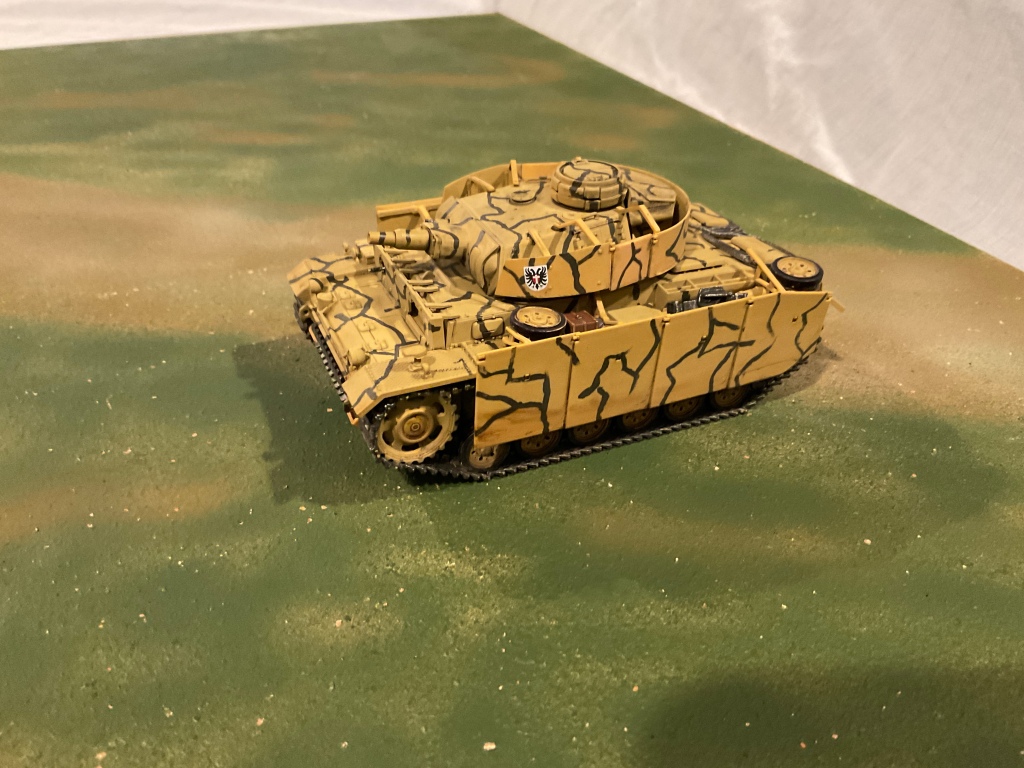
Let’s take a look at the final form of this medium tank.
At the start of the War, Panzer III and Panzer IV were the Wehrmacht’s new, modern AFVs. They were in very short supply at first, but represented the sharpest point of the spear.
The initial Panzer III was meant to be the tank killer. Early models used the same 37 mm anti-tank gun as Wehrmacht Infantry Divisions. It was envisioned this might not always be enough gun, so the turret ring was intentionally left big enough to mount a 50 mm anti-tank gun. At this time, the Panzer IV was envisioned as an infantry support weapon and was built to carry a short barrel 75 mm howitzer.
Of course that meant the Panzer IV was a little bigger. But the Panzer III was a very useful platform, rugged, reliable and quick. This led to the less sophisticated Stug III, classified “mobile artillery” as opposed to armor, being developed from the same platform.
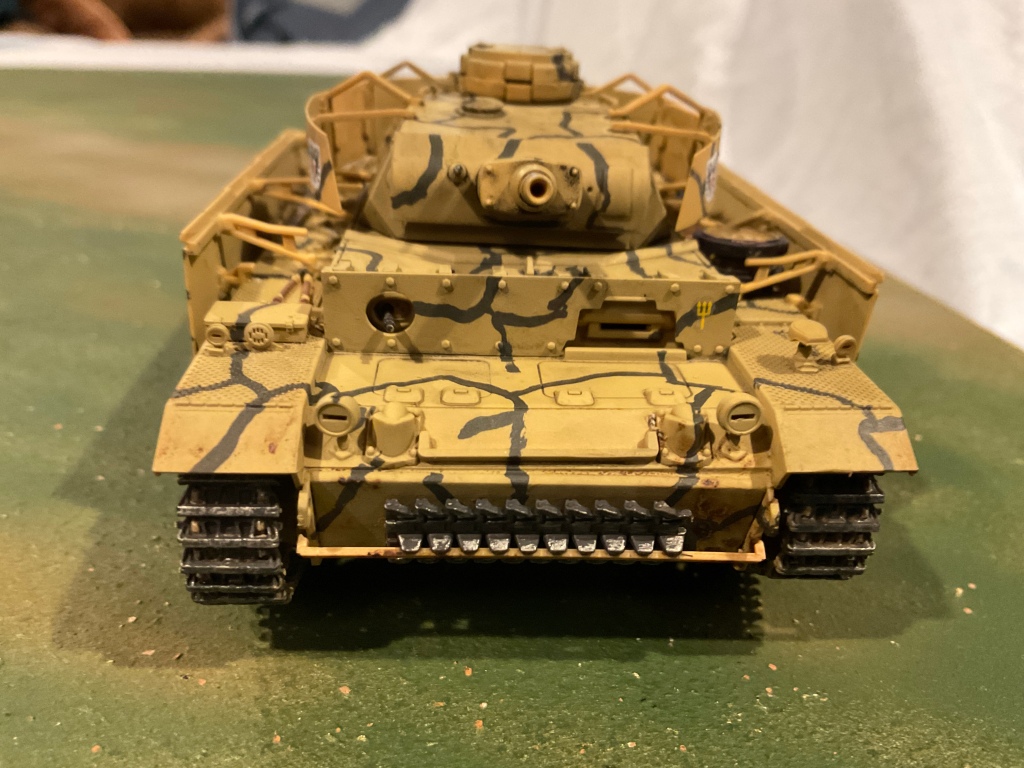
After the Battle of France, it was observed the 37 mm gun was indeed inadequate against the biggest tanks (British Matilda, French Char B) it was decided to switch to the 50 on later models and even re-arm older tanks. But Summer of 1941 showed even this escalation was not enough. The 50 mm was too small to be reliable against the Matilda and American M3 Lee being faced in North Africa; and even more so against the Soviet T-34 and KV-1. So a 75 mm anti-tank gun was mounted on the larger Panzer IV, and even the Stug III. While the Panzer III became the infantry support tank and got a short barrel 75 mm howitzer. Complete role reversal.
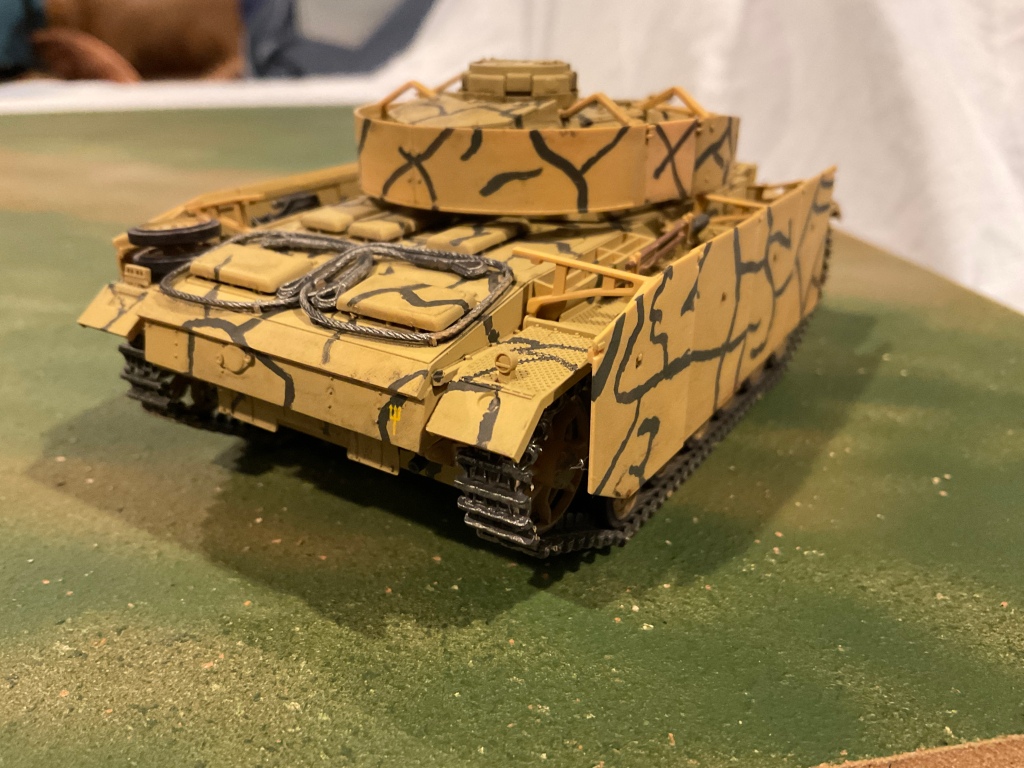

By Summer 1942 the Panzer III Ausf N was being produced, or actually rebuilt from older Panzer III. That is the version seen here with the 75 mm howitzer. One source puts the total at 699 for this model/conversion, I’d always add the qualifier that conversions are notoriously hard to accurately account for. Production of both the Ausf M (the last long barrel version) and Ausf N ended in early 1943. Most of these models were delivered with the armored “Schurzen”, skirts for the turret and tracks that were meant to provide protection from new low velocity shaped-charge anti-tank weapons (American Bazooka, British Piat, Russian RPG, even the German’s own Panzerfaust). The skirt would detonate the round away from the main armor so it would dissipate energy and not penetrate.
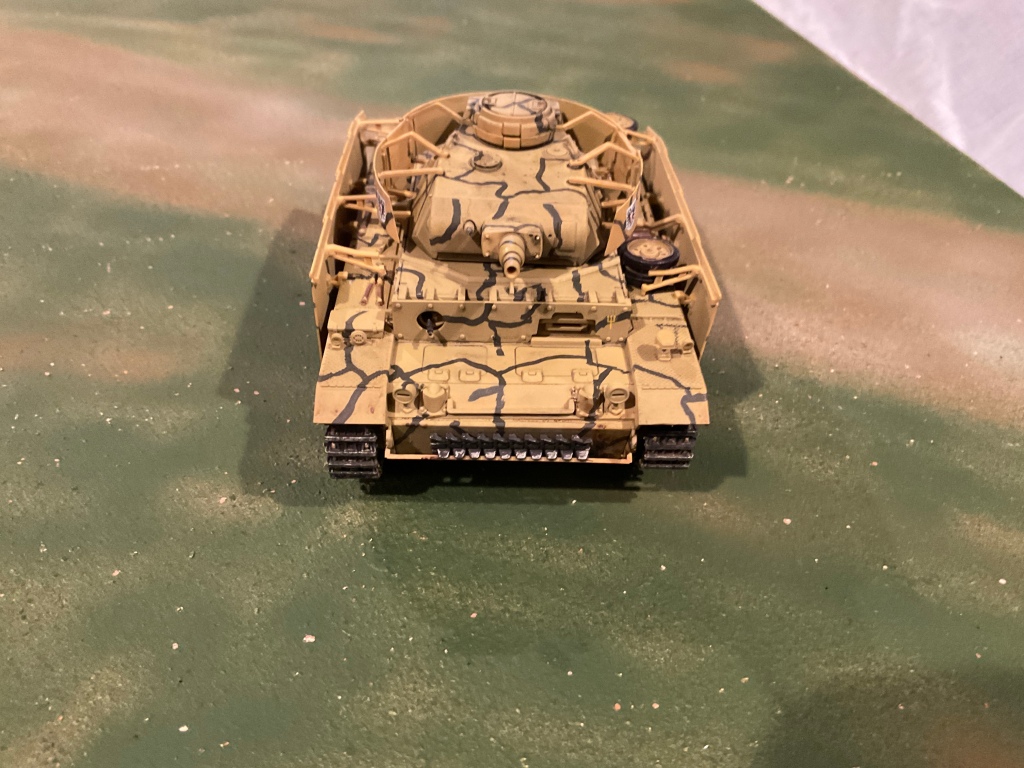
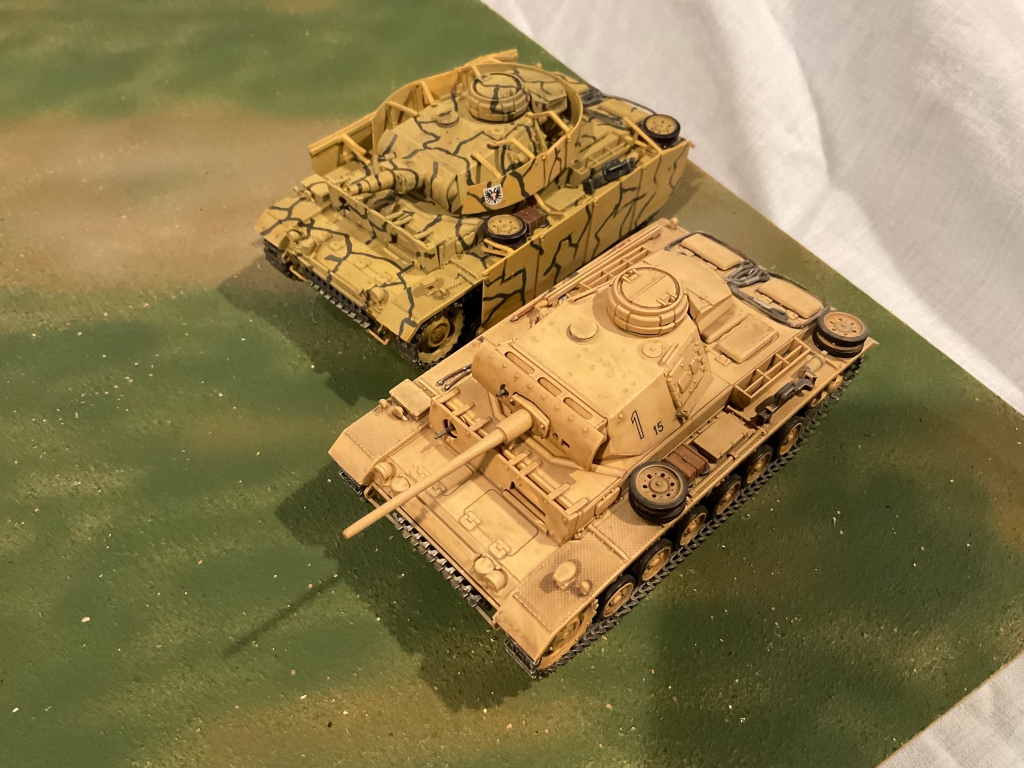
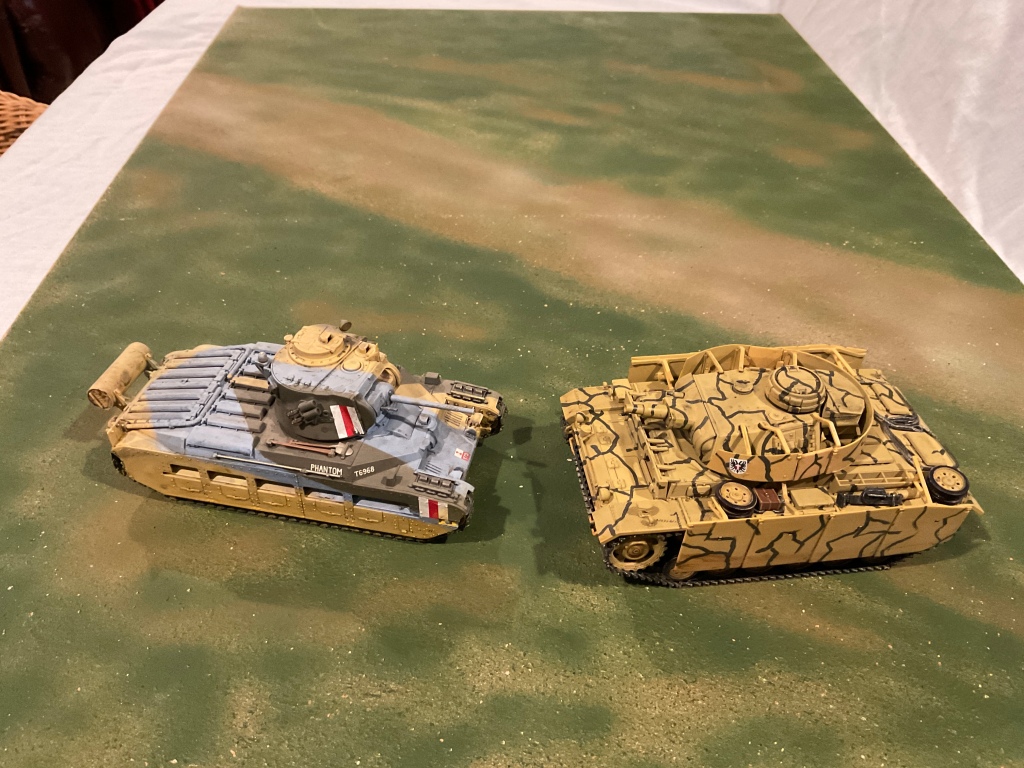
This particular tank was a part of the 2nd Panzer Division in the Summer of 1943. That means it was a part of Army Group Centre during the Battle of Kursk. I have no particular information on how it faired, apart from mentioning that was the largest armor battle in history and it did not end well for the Germans. The Panzer III was no longer supported as a front line weapon afterwards. That doesn’t mean they all just disappeared! The Wehrmacht tended to continue using older vehicles as long as they could be kept running. So how long it survived is unknown to me.
This is the Tamiya kit.
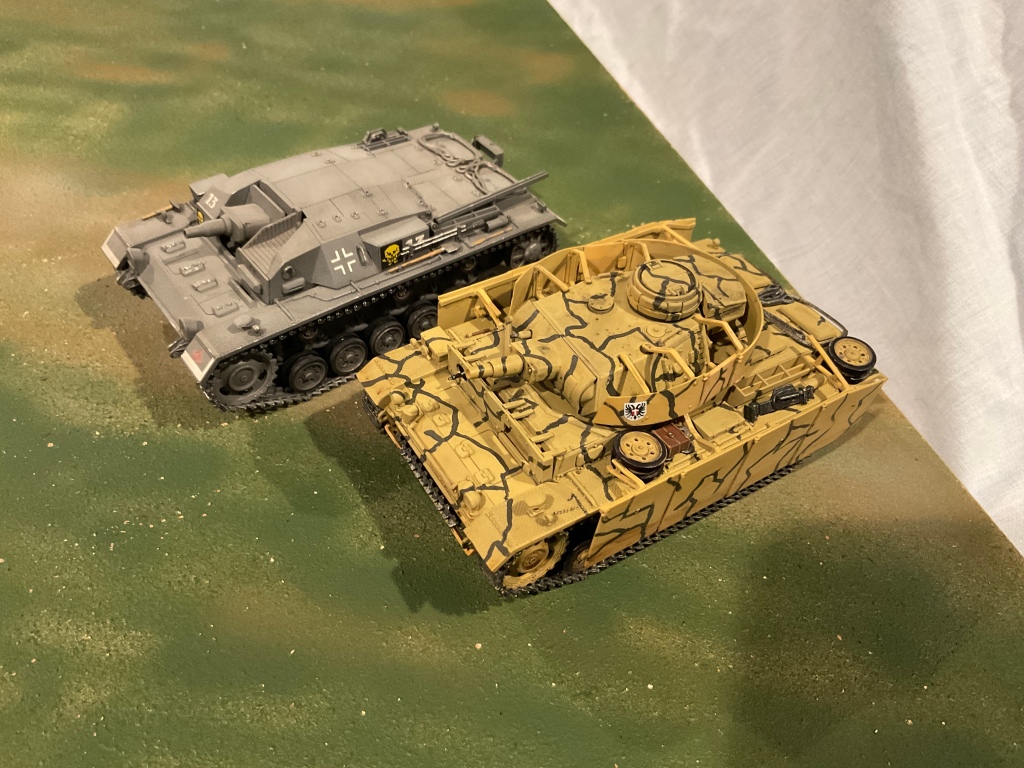
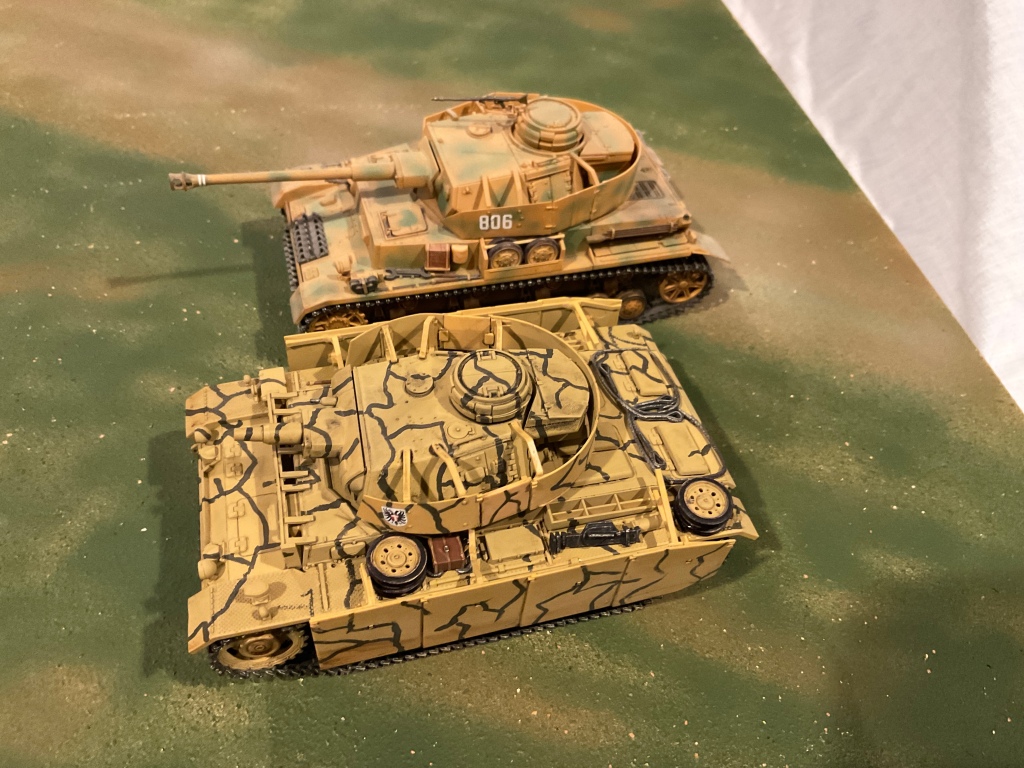

You are quite knowledgeable Dave.
I appreciate the vote of confidence Pierre! I know many others put me to shame… All in an area most folks care little about anymore.
I have been enjoying your blog from the start… Period.
First, kudos for actually following through on the armored skirts, in 1/48th no less. As a side note it was those same skirts on the Panzer IV that made the profile everyone mistook for a Tiger I (real encounters with Tigers were pretty rare as only about 1,200 were built and they were notoriously hard to maintain). I would venture to say the subject probably didn’t last long at Kursk. In tanks as well as planes obsolescence came quickly and rather mercilessly. Especially on the eastern front, and most notably at Kursk where even the vaunted Panther and Tiger tanks were cut to pieces by Russian forces. Still the basic design had a lot to offer as noted with the Stug variants use very late in to the war.
Funny, I wrote a reply that seems to have disappeared.
Anyway, yeah no doubt Kursk was a meat grinder! Good chance the subject vehicle met its end there. Although as a support type it may have faired better than many.
I’m having problems today! I think I swore last time I wouldn’t do the skirts again. Hopefully this time it will stick! Although I do still have a Panzer IV (or two?) in the stash, so it may come up again.
As always, a very thorough account of this German tank. I would be the first to admit that Dave’s knowledge always goes a great deal further than mine, especially when it’s a question of tanks rather than aircraft. And his painting’s very good too!
Very little of this is “off the top of my head”! I usually start with the kit instructions and Wikipedia. Then dig deeper for specific details and numbers. Although admittedly, my physical library is much smaller for armor and vehicles than it is for aircraft.
I often follow the forums at Hyperscale too for reviews and news. Some of those guys are knowledgeable WAY beyond where I’m at. I think I’m more of a big picture type. I’m not sure if my wife would agree!
Thank you as always for your comment!